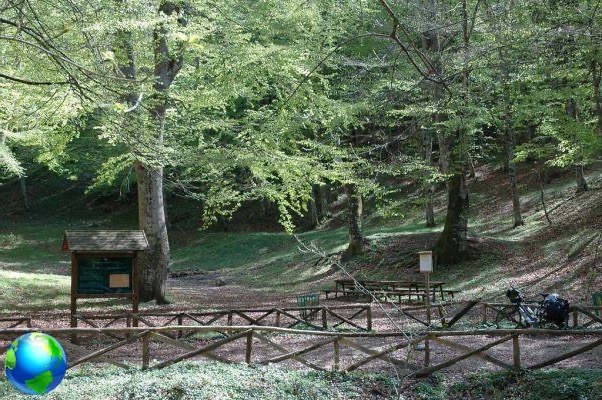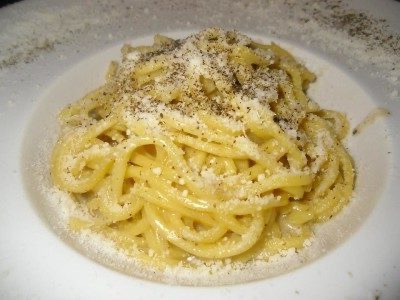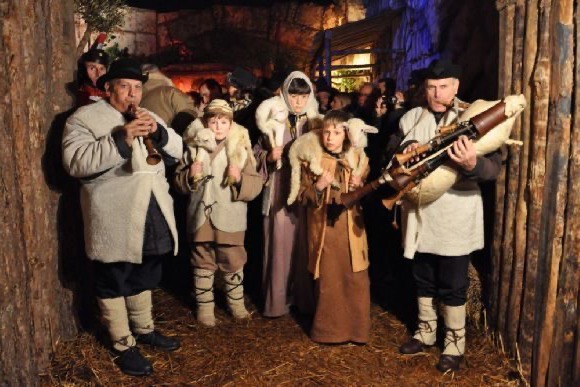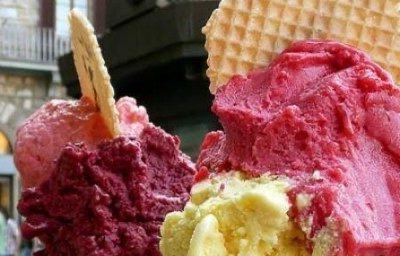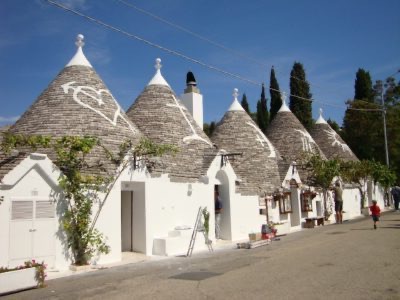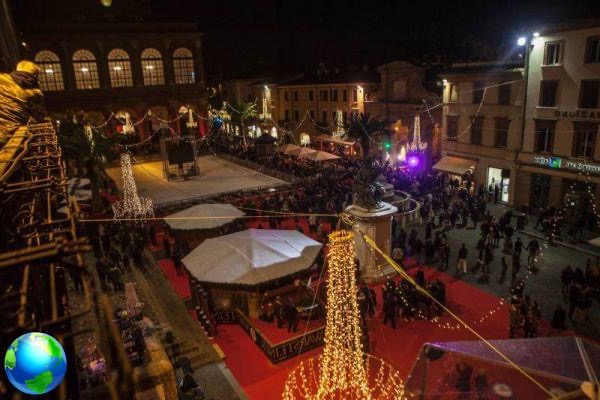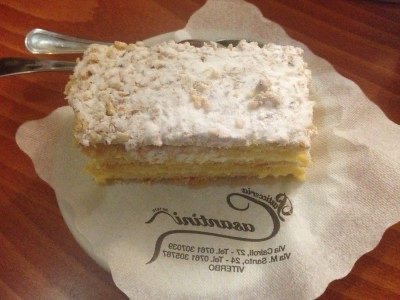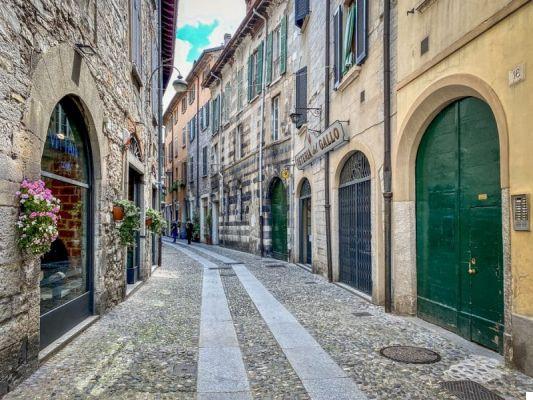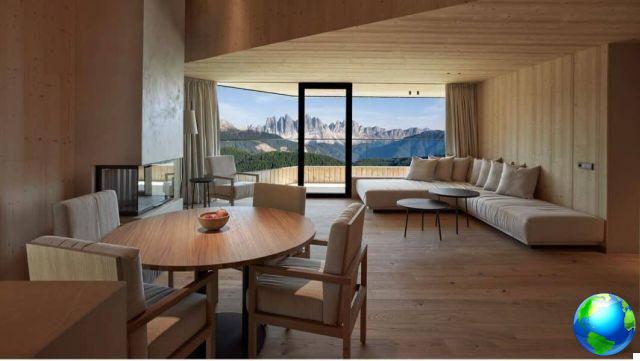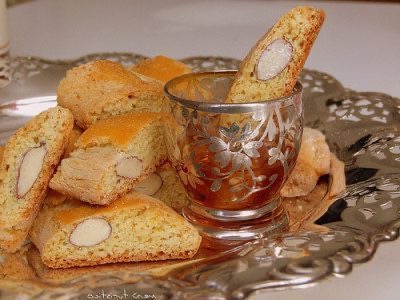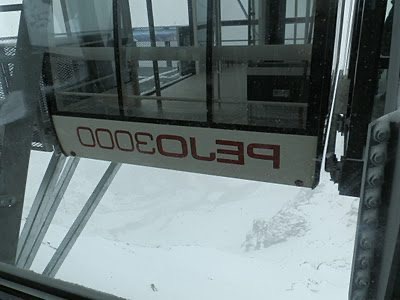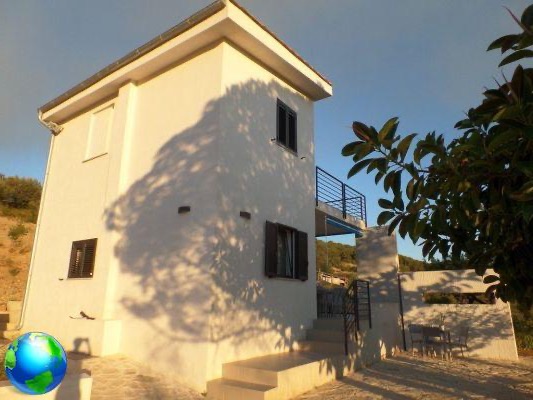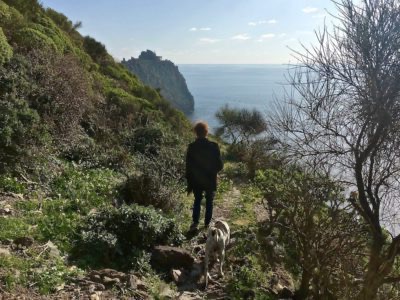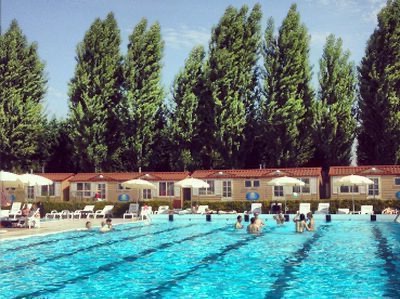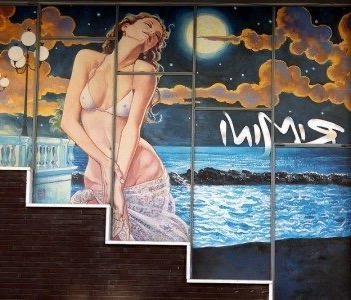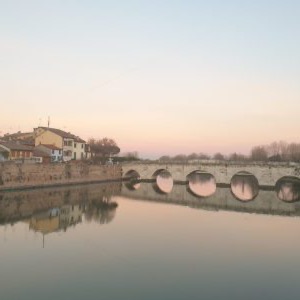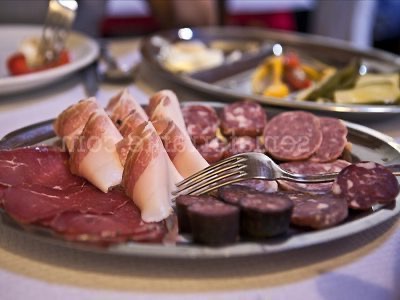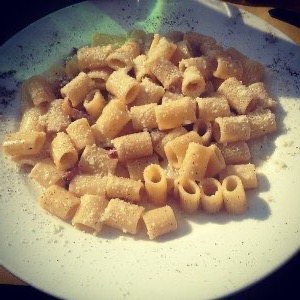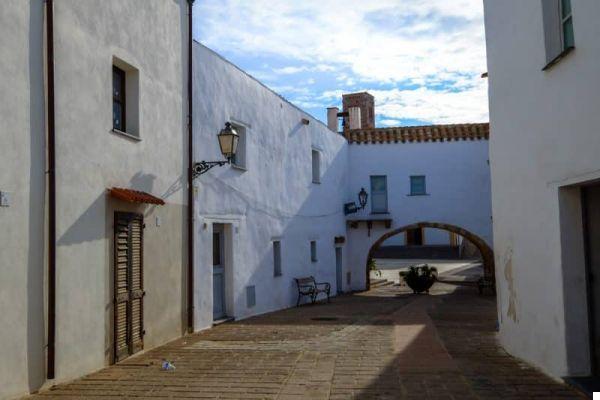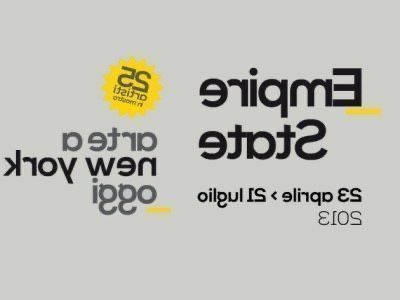Going for shadows in Venice, yes, but what does it mean? Here is a technical vocabulary for making an aperitif in Venice without getting lost in dialects and idioms.
A must during a trip to Venezia, to really immerse yourself in the atmosphere of the city, is one (or even more) stops in the famous bacari. For this reason I begin by giving you some "linguistic" indications to extricate you from the technical words related to the art of "going by shadows".
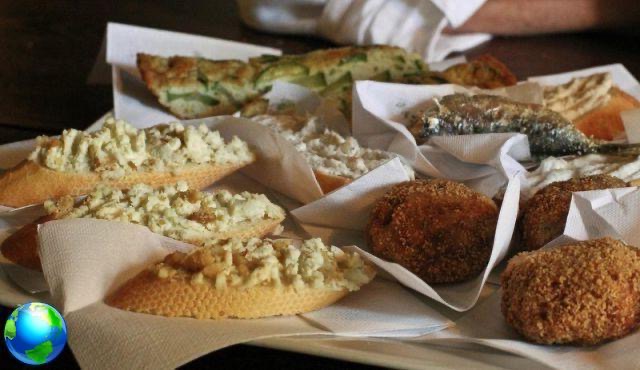
The so-called bàcari they are the typical taverns where you go with friends to drink and eat together. The word has an uncertain origin, but legend has it that it was first pronounced by a gondolier who, tasting a new wine, exclaimed “Bon, bon! this x is just a vin de bàcaro ”. The Venetian expression “far bàcara” means to party and drink in good company, therefore a “vin de bàcaro” will certainly be a suitable wine for this purpose. Others derive the word from the name of a wine produced from a grape with small berries, “baca” in Latin = cuddle, berry or otherwise from Bacchus, the god of wine.
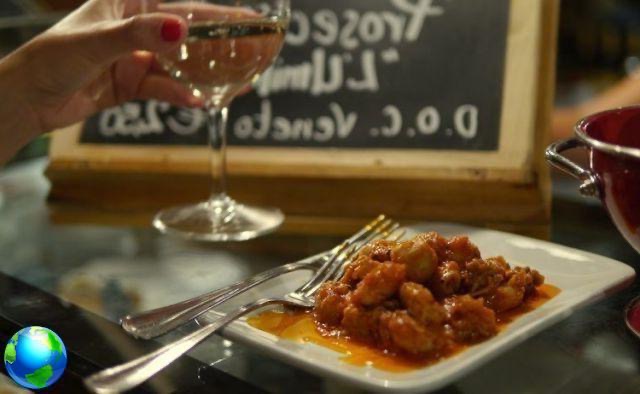
Le ombre or ombrète are the glasses of wine, usually loose and served in small glasses, which are drunk from bàcari. Apparently the use of this word derives from the custom of the wine mixers of Piazza San Marco (a sort of itinerant ancestors of the bàcari) who, in the past, to keep the precious drink cool, having to shelter it from the sun, chased the shadow of the bell tower with their stalls.
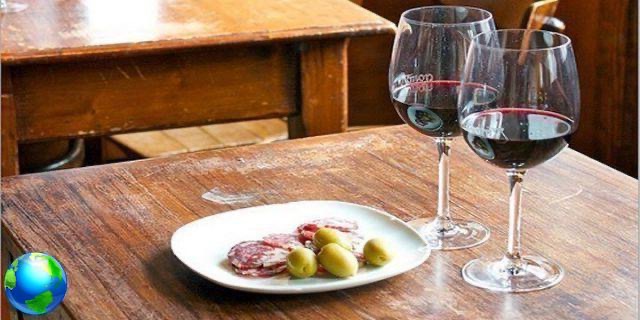
A more modern alternative to the wine shade is it spritzer, this too has now become part of the tradition. I believe that almost everyone knows what its flavor is and what it is made of (prosecco, aperol or campari and selz), but many will not know its history. This drink was born in the 800th century, at the time of the Austrian occupation of the Serenissima, it is in fact the soldiers of the Hapsburg Empire who, accustomed to light wines from beyond the Alps, asked to "sprinkle" a little water in their glasses: this action, "spritzen" in Austrian German that gives rise to the name. Originally, in fact, the spritz was only composed of white wine and water, even today in some places it is consumed like this, "smooth" or "white", unlike in Venice, as elsewhere, Aperol or Campari are added, but also Select or Cynar.
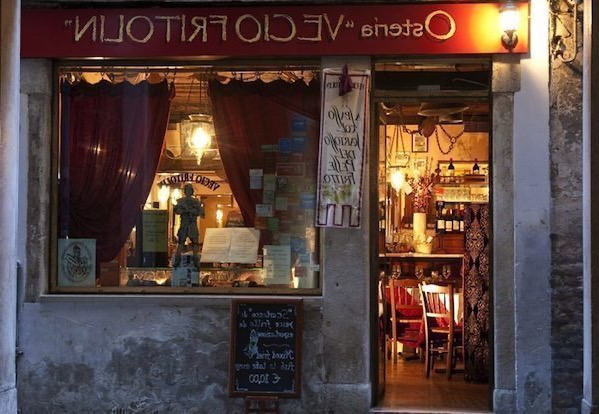
Finally, to complete this overview, are the cicheti, appetizers that usually accompany the drink that is consumed by the bàcaro. The word comes from the Latin "ciccus" which means very small portion, there are no fixed recipes, it can be found from the slice of bread with creamed cod to meatballs, through olives, mozzarella in carrozza, octopuses or the classic museto (the slice of cotechino with toasted polenta) and so on and so forth.
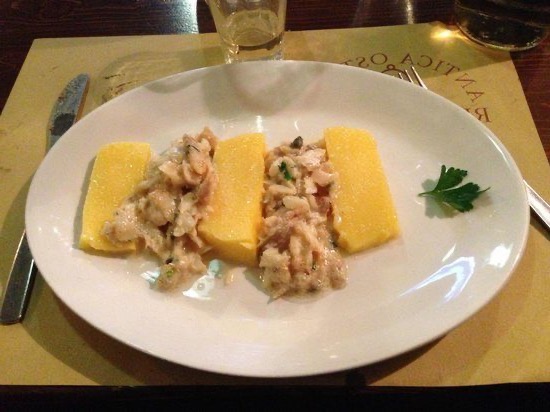
To conclude, I would like to point out the simplest, spartan and economical bacaro that I have so far tested in Venice: the Bacareto da Lele. An institution especially among university students, it is located a stone's throw from Piazzale Roma, in Campo dei Tolentini, here you can drink a shade of wine for less than € 1 and a mini-spritz with a few tens of cents more. The only flaw, there is no place inside!




